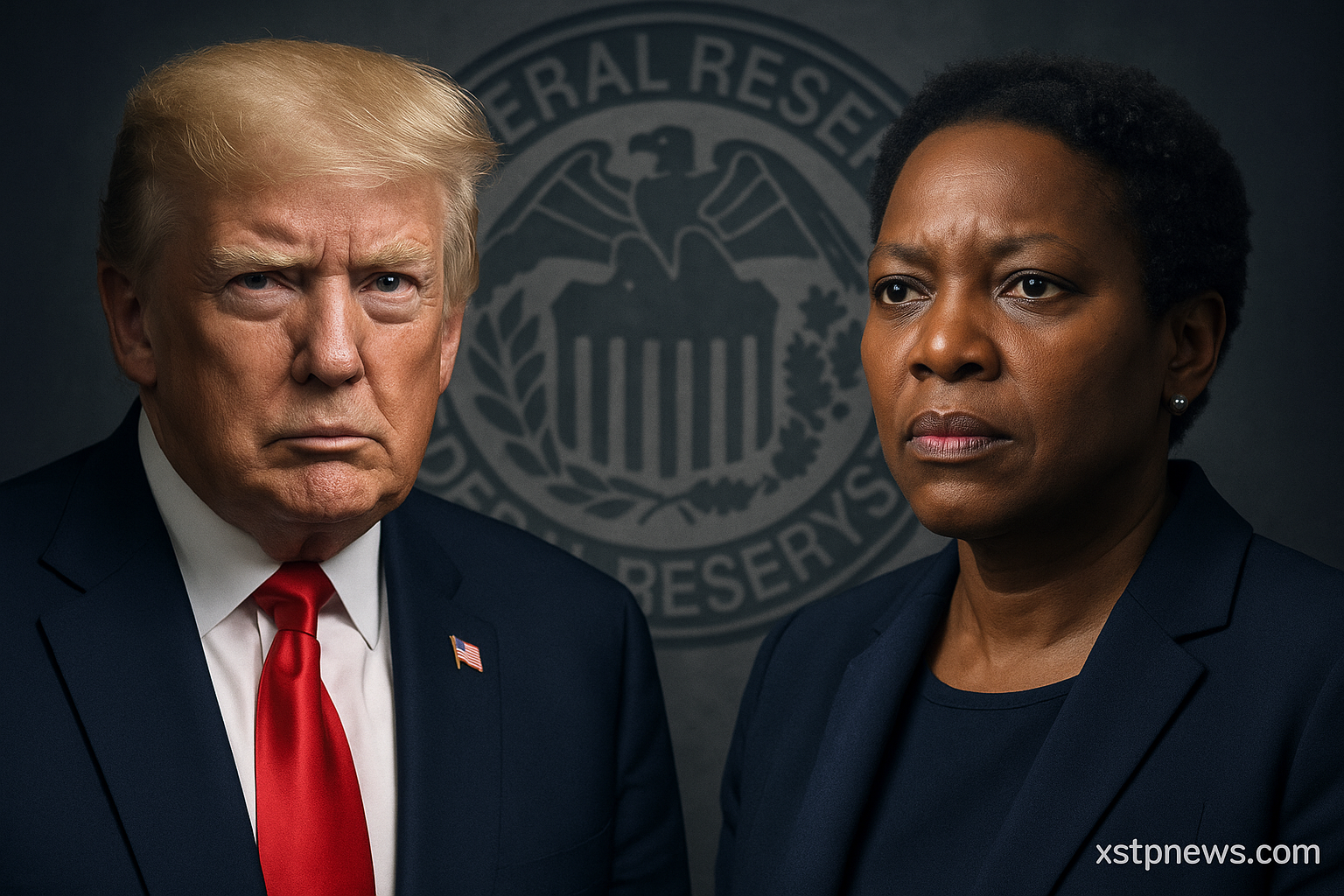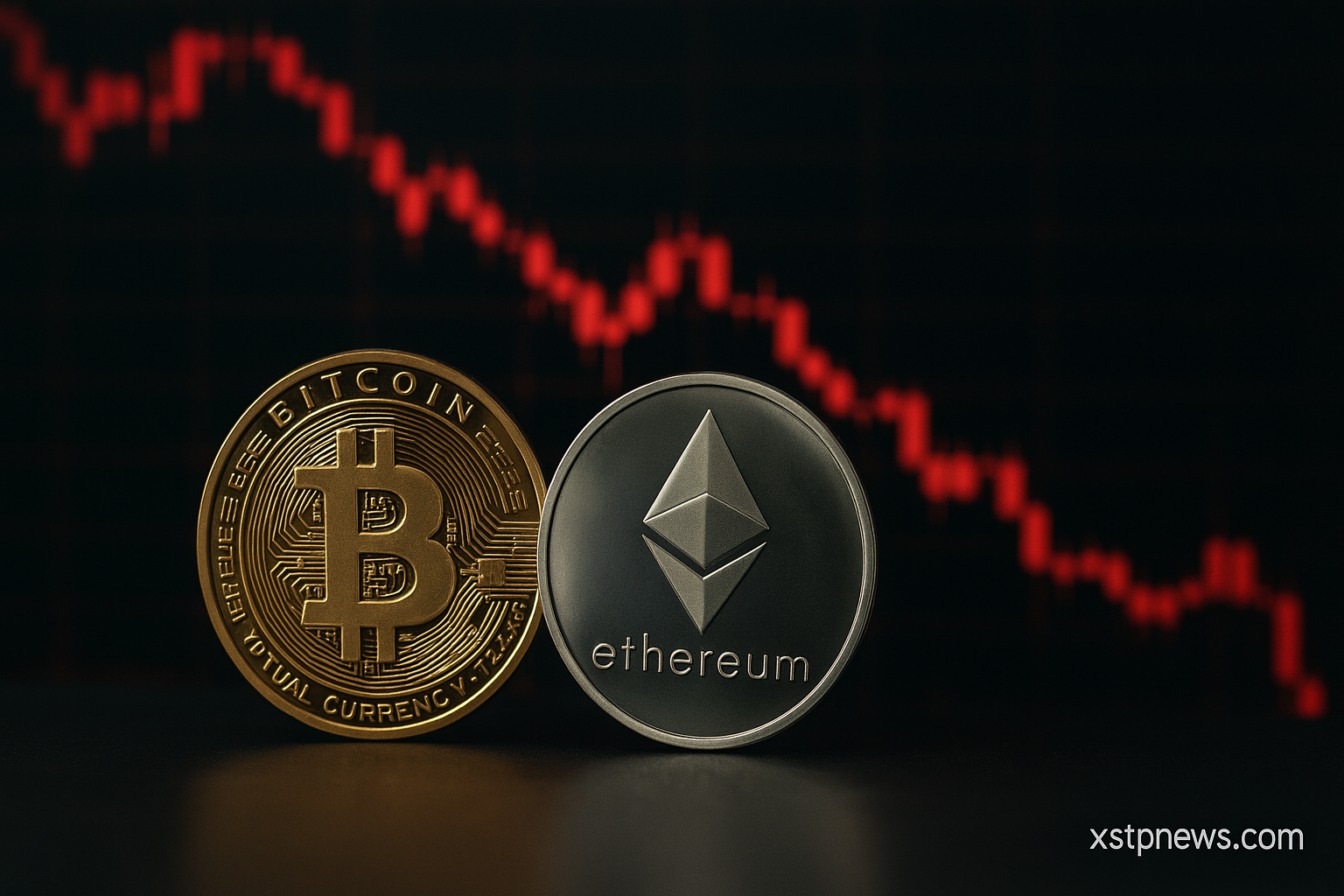Administration explores major overhaul of intellectual property system
The Trump administration is reportedly weighing a sweeping reform of the U.S. patent system that would introduce a new annual fee of 1% to 5% on the estimated value of active patents, according to sources cited by the Wall Street Journal.
The plan, still under internal discussion, is part of a broader strategy to generate federal revenue without raising traditional taxes. It could raise tens of billions of dollars, aiming to help reduce the national deficit.
A tax on innovation?
If implemented, the proposal would fundamentally change how intellectual property is handled in the U.S. Currently, the Patent and Trademark Office (USPTO) charges flat maintenance fees over time. The new model would shift to value-based pricing, requiring patent holders to pay a percentage of their asset’s assessed worth.
This would make patents similar to taxable property, introducing recurring charges that could reshape the cost-benefit calculus for inventors, startups, and large corporations alike.
Industries likely to be hit hardest
Key sectors such as technology, pharmaceuticals, and biotech—which rely heavily on IP protection—would bear the brunt of the new system.
Critics warn that the proposed tax could:
- Discourage innovation, especially among small inventors.
- Increase operating costs for startups and R&D-heavy firms.
- Prompt companies to relocate their IP holdings abroad to avoid U.S. taxation.
One legal expert called it a potential “death blow to patent value in America.” Others argue it would undermine U.S. leadership in intellectual property at a time when global competition in AI and life sciences is intensifying.
Part of Trump’s economic strategy
The proposal is being developed under Commerce Secretary Howard Lutnick, a close Trump ally. Sources suggest it could become a core policy plank in Trump’s 2024–2025 economic agenda, especially as he seeks ways to fund government operations without touching income or corporate tax rates.
Supporters frame the move as a way to rebalance the system, claiming that wealthy corporations benefit from U.S. patent protection without paying a fair share into the public coffers
While not yet formalized, the plan to impose a 1–5% fee on patent values signals a dramatic shift in U.S. innovation policy. If adopted, it could generate massive revenues but also risks triggering a backlash from inventors, industry leaders, and international IP holders. The debate is now heating up as the 2024 campaign season accelerates
source: Wall Street Journal, TheFly (via TipRanks), Patently‑O






